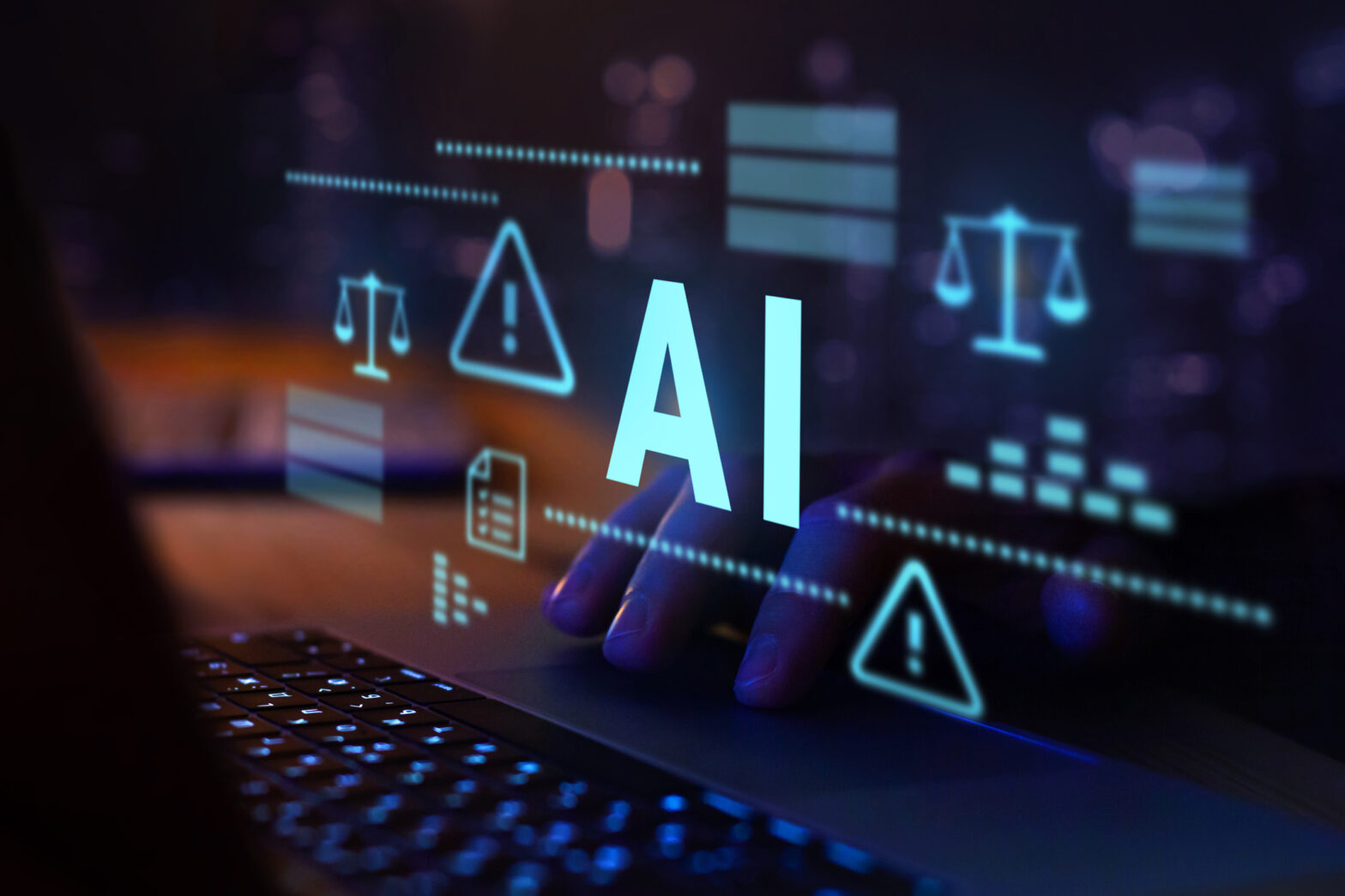Machine learning can help mitigate the biases present within organisations’ recruiting practices
Artificial intelligence has often been portrayed as dystopian when it comes to human resources. In one famous example from 2018, Amazon used it significantly in the hiring process but ultimately had to pull the plug when it was revealed that the algorithm was biased against women. The AI was identifying candidates who used masculine words as successful candidates, and instead of addressing this flaw, it reinforced sexism.
Yet technology has come a long way in just the last few years. Machine learning is now being used to tackle the problem of bias within hiring decisions, not just looking coldly at performance metrics. Companies have developed software that can intelligently analyse candidates beyond surface-level use of words. This helps to match capable candidates with the companies that value their skills.
Ilit Raz, the CEO of Joonko, is a leading expert in HR technology. With offices in New York and Alabama, her company is pioneering diversity-driven recruiting, with its own AI-powered solution that helps to match candidates to positions.
Diversity, equity and inclusion (DE&I) is an issue close to her heart, after experiencing firsthand how the odds were stacked against women in the tech industry. It was through conversations with her peers that Raz realised how widespread the concern was and decided to take on the problem of bias in HR decision-making herself.
Raz firmly believes that among recruiters, biases are generally unintentional, but by making these processes the basis for algorithm-enabled recruitment pipelines, undesired results can creep in. “Although companies are trying to mitigate bias in the workforce, there’s still a lot of unconscious bias in the recruiting process,” she said.
“Since this is an unconscious and unpredictable byproduct of human interaction, anything from a glance at a resume to the actual face-to-face meeting can influence the recruiter or hiring manager and cause a biased condition that has impactful results on the interview process,” Raz continued. “Because these discriminations tend to be uncontrolled, the problem is a very big one, and essentially, is a huge obstacle.”
Intention correct, but the execution is a struggle
A lack of diversity in the workplace is a known problem by many companies, in the tech sector and beyond. When Joonko surveyed a wide range of employers, they found 43% struggled to recruit qualified underrepresented candidates.
The issue is that qualified candidates do exist, but as they might not share certain social traits that align with the imagined “perfect candidate,” they can be overlooked despite being right for the job. This implied discrimination is difficult for the hiring managers to realise because it’s not something of which they are consciously aware. It’s unintentional but still damaging to the company and the prospective candidate.
Raz refers to these as micro-biases: “While every company today is looking to run a bias-free interviewing process,” she said, “there are still many micro-biases that cause hiring managers and talent acquisition teams to make decisions in favor of one person or group, and discriminate against others.”
Bringing the overlooked back into focus
Often, if the job opening is attractive, there may be hundreds of people applying for a single position. Toward the end of the hiring process, all of the candidates are more than good enough to do the job but they don’t make the final cut. How hiring managers decide between them is often on minute mistakes.
These are an underutilised resource for HR teams when recruiting. These candidates have already proven themselves, but historically there hasn’t been an easy way to match them with other companies who would likely hire them based on their performance.
Joonko has developed a platform that is made up entirely of silver medalists, pre-qualified candidates who have passed at least two stages of the recruiting process, and match these candidates with future jobs, thus saving significant time in the recruiting process.
“The concept of silver medalist candidates is helpful, because talent acquisition teams can skip manual sourcing and vetting,” Raz explained. “Silver medalists were already vetted by their peers, and the conversation with the candidates could be more around the specific needs of the organisation, without the excruciating part of the interview process.”
Solving the knowledge gap
One trap that recruiters can fall into is believing that because few candidates from underrepresented sectors have applied, there are no candidates from underrepresented backgrounds who are qualified fits. It can be a form of justification, because they think they’ve tried their best.
Yet often, it’s a case of the role not being advertised in a place where a wider range of candidates can see it. “If a job description is not compelling enough to an underrepresented candidate,” Raz elaborated, “or if they feel it might hinder a less inclusive workforce – or even highlight the ‘wrong values’ – these candidates simply won’t apply in the first place.”
While it’s ideal for companies to advertise more widely, some tools enable candidates to see positions they might have otherwise missed despite being qualified yet. Joonko’s approach to AI matching means that the platform’s recommendations for candidates encourage people to apply to companies that are intentionally looking for such candidates.
AI can also help HR teams in optimising their hiring process for inclusiveness. Joonko also uses its algorithms “to analyse and examine the low-engaging jobs that attract less underrepresented candidates and to reverse engineer what should be changed,” said Raz.
Final thoughts
As AI to remove bias proliferates in the industry, we should see a huge cultural shift, as fewer candidates are overlooked for reasons beyond their control. What was once considered an unfixable problem now has meaningful solutions backed by machine learning to move towards a fair process.










